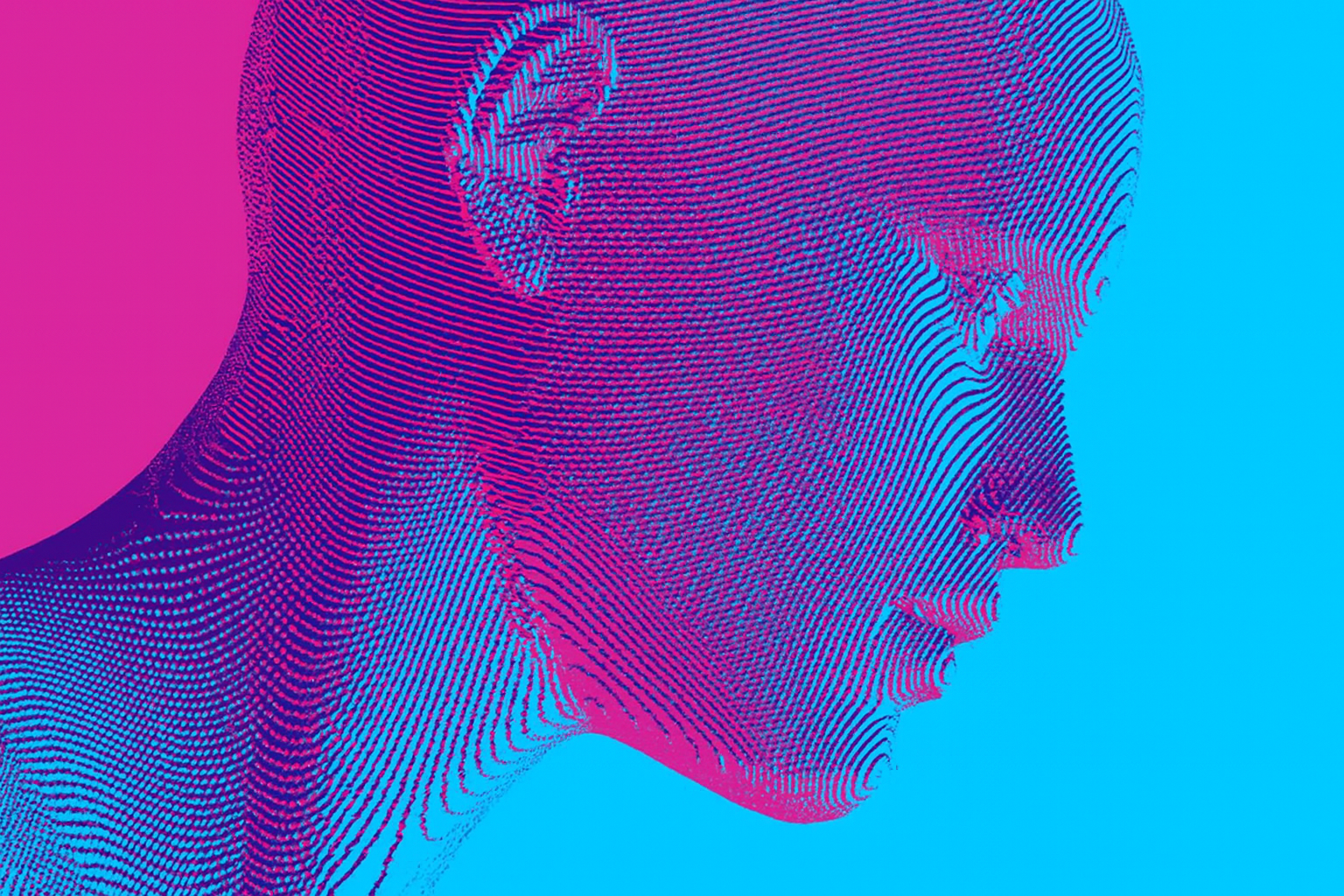Why Video Calls Will Be Crucial to Fight Fraud in an AI-First Future
The AI revolution is rapidly transforming how we communicate, serve customers, and run businesses. Gartner recently predicted that by 2028, 30% of Fortune 500 companies will offer service through only a single AI-enabled channel—whether that’s text, voice, image, or video.
This shift promises greater efficiency and scalability. But it also introduces a dangerous paradox:
The same AI technologies powering customer service may also empower fraud at unprecedented scale.
So how do we stay secure when human interaction is no longer the default? Surprisingly, video calls may hold the answer.
The Rise of AI-Powered Fraud
We're not just talking about phishing emails or spoofed caller IDs anymore. Today’s fraudsters are deploying real-time deepfake video and audio, often convincingly impersonating CEOs, clients, or even family members.
These aren’t theoretical threats:
In one recent case, an employee was tricked into transferring $25 million after attending a deepfake video call with fake company executives.
Generative AI models are now capable of cloning voices from just 3 seconds of audio and creating photorealistic avatars with real-time lip sync.
Experts, including OpenAI’s CEO Sam Altman, have warned that fraud is poised to surge as deepfake tech becomes more accessible.
As companies automate more of their customer interaction with AI—especially in finance, healthcare, and logistics—fraud will find new entry points.
Video Calls: Both a Target and a Defense
Let’s be clear: video can be exploited by bad actors. But it also offers a powerful line of defense—if implemented correctly.
Unlike voice calls or chatbots, video provides multi-dimensional behavioral data:
Facial micro-expressions
Lip-sync accuracy
Eye movements and gaze patterns
Ambient environmental consistency (light, shadows, reflections)
Real-time responsiveness to challenges
New technologies are already being developed to detect subtle anomalies in these signals. Companies like Reality Defender and Intel’s FakeCatcher are pioneering real-time deepfake detection during live video.
How Video Calls Can Authenticate the Truth
Here’s why video should be part of your fraud prevention strategy:
1. Behavioral Challenge-Response (Human CAPTCHA)
Ask the participant to do something unpredictable—like turn their head, read a sentence, or hold up a specific item. Deepfakes struggle with dynamic, real-time tasks.
2. Environmental Verification
Real human environments change constantly—lighting shifts, backgrounds move, devices reflect light. AI has a hard time faking these subtleties in sync with user behavior.
3. Biometric & Gaze Analysis
AI-generated avatars often fail at replicating natural eye movements, blink rates, and gaze tracking. These subtle indicators can flag fraud even when faces look realistic.
What Forward-Thinking Leaders Should Do Now
If your organization is investing in AI automation (and it probably is), consider the following:
Integrate secured video calls for high-risk interactions—like payments, identity verification, and account changes.
Deploy real-time deepfake detection tools within video platforms.
Use AI for good by training models to detect manipulation and unusual patterns, not just serve customers.
Educate teams and customers on when and why to switch from text or voice to verified video channels.
Final Thoughts: Trust Will Be the Differentiator
In a world where AI can write like us, talk like us, and even look like us, what’s left to trust?
It comes down to two things: contextual intelligence and secure human presence.
Video—especially when enhanced with AI-powered validation—gives us a vital edge. Not because it can’t be faked, but because it offers more layers to verify.
So while we embrace the efficiency of AI-only channels, let’s not forget:
🛡️ Seeing is still believing—if you know what to look for.

